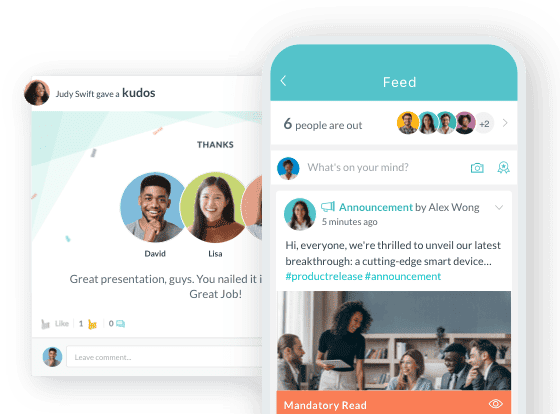10 Examples of Successful Internal Communication You Need to Know

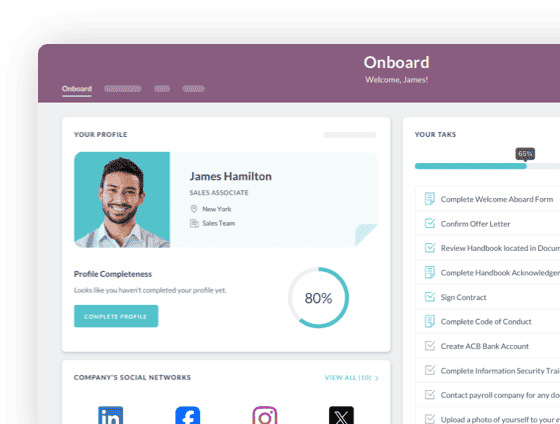

 Cut onboarding time
by 60%—here's the
Ultimate Checklist
that helped do it.
Cut onboarding time
by 60%—here's the
Ultimate Checklist
that helped do it.
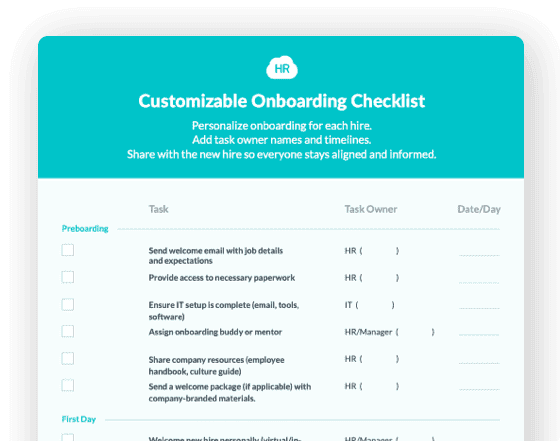
Collaboration is an instrumental part of the workplace, but how can you ensure that it is effective? Collaboration for collaboration's sake might translate to unnecessary meetings or a decrease in productivity.
On the other hand, successful internal communication can lead to meaningful collaboration. If your company drives internal collaboration with a thoughtful strategy, it will have a positive impact on your workforce.To define internal communication, it's the exchange of information and ideas within an organization. The best strategic internal communication has a purpose and achieves results.
Let's take a look at some internal communication examples and strategies that can engage all levels of your company and improve internal communications.
The best internal communication has a purpose and achieves results. Let's take a look at some strategies that can engage all levels of your company.
1. Make the Communication Accessible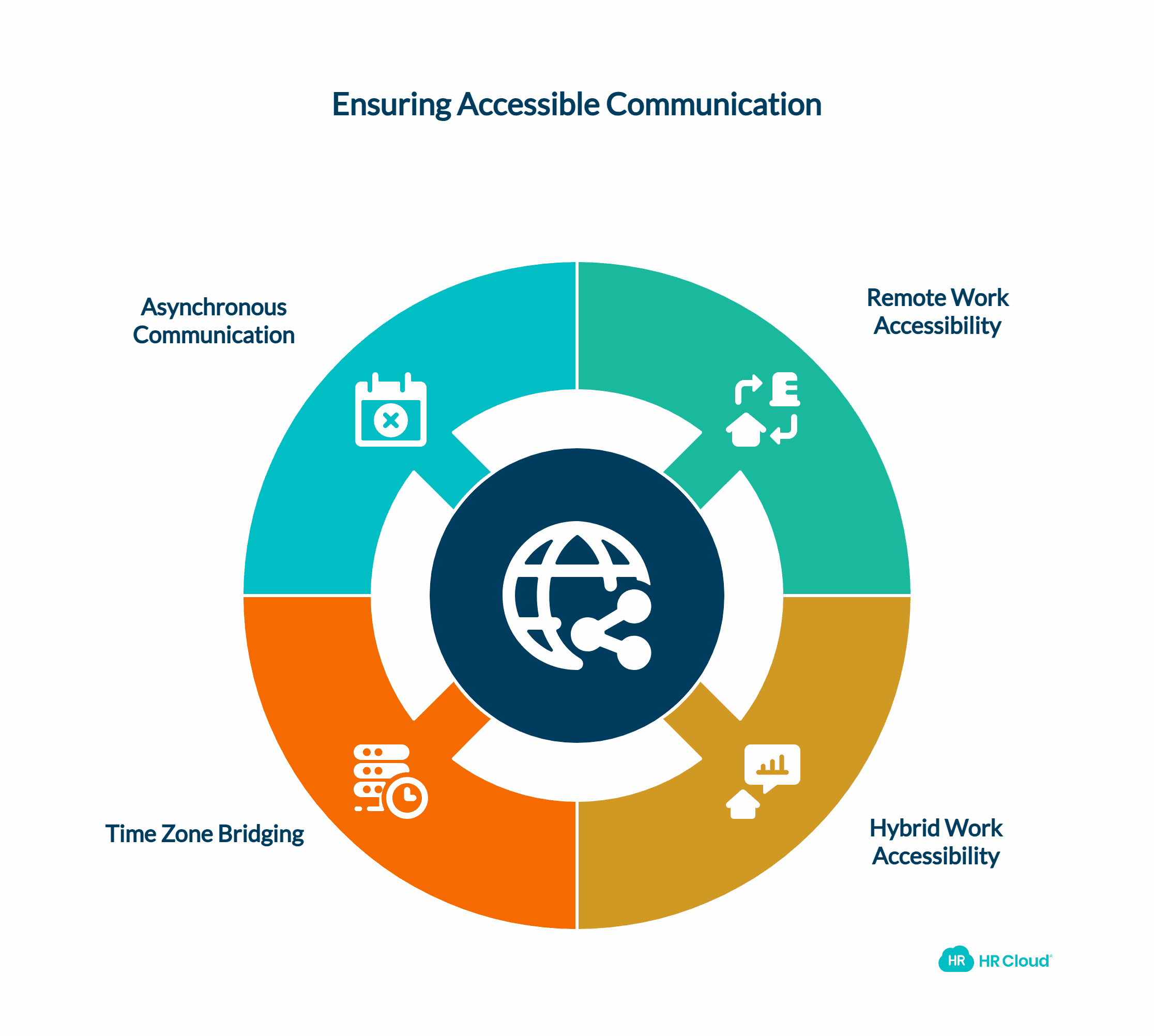
In an increasingly remote and hybrid work environment, accessibility is critical. You want communication to be accessible across devices and time zones. Nothing will make employees feel more "out of the loop" than communication that is more available to some employees over others.
Implementing effective internal communication methods and channels is key to ensuring everyone stays connected. Consider using asynchronous communication tools to bridge time zone gaps and accommodate different work schedules.
2. Connect the People
An enormous source of frustration is a lack of transparent communication. If guidelines or expectations are not clear, the path to success is impeded.
Employees should have easy ways to connect with managers. Consider an open-door policy, and encourage productive conversations between managers and team members. You could also start a forum to share ideas and suggestions, fostering cross-departmental and team collaboration. This approach helps close communication gaps and promotes employee participation.
3. Share Knowledge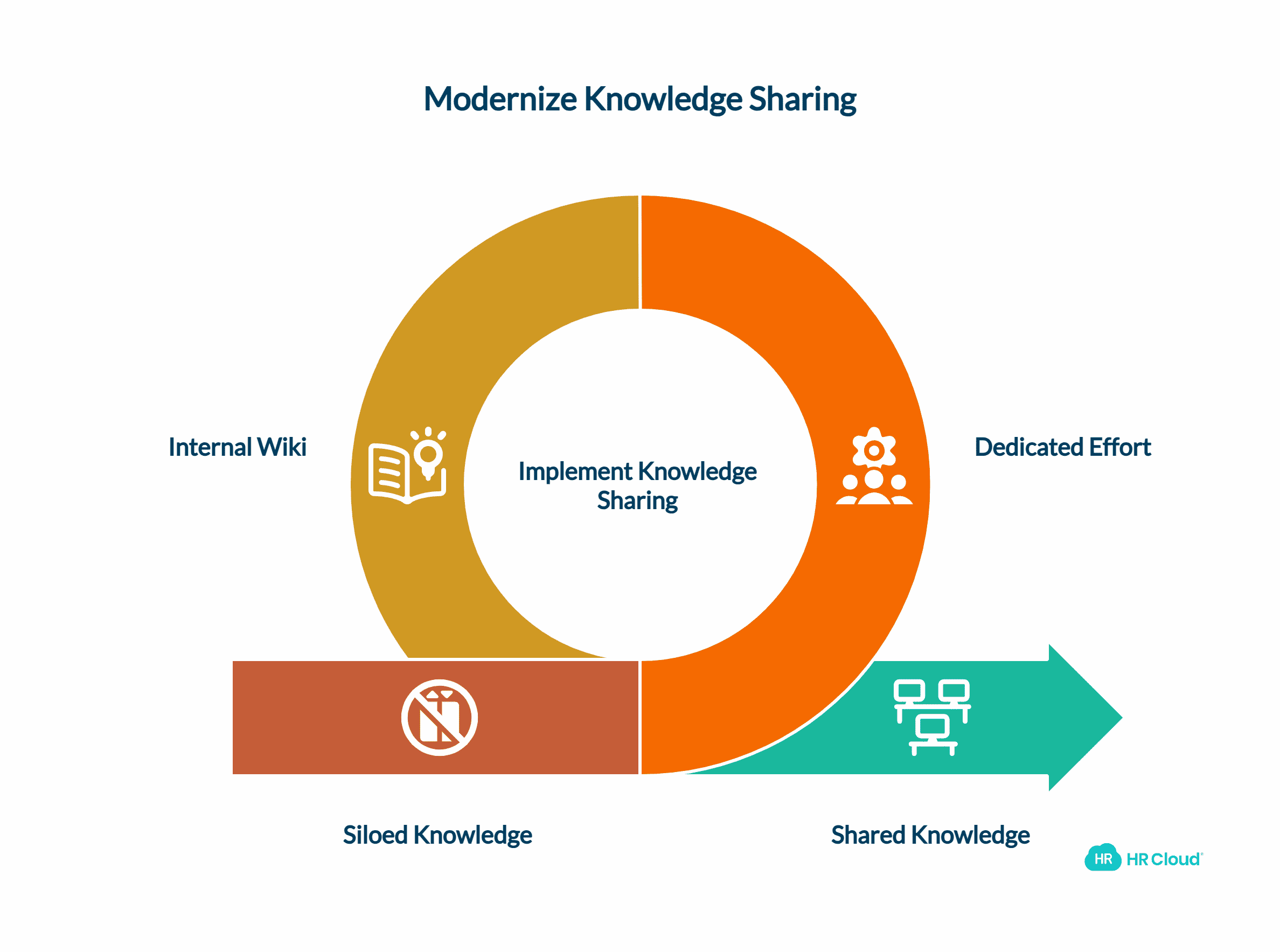
The water cooler used to be the place where information was exchanged. It is still critical in the modern workplace that domain knowledge be shared, but the proverbial "water cooler" needs to be reimagined.
Give employees opportunities to learn from each other. Knowledge management needs to have a dedicated effort. Putting off or de-emphasizing knowledge sharing could lead to disastrous consequences in relying too much on too few employees.
An internal Wiki can also be a place to share knowledge. Relatively easy to set up, employees can contribute to the Wiki over time and turn it into an excellent source for information, promoting employee collaboration and engagement.
4. Understand Leadership's Vision
Across the company, there should be a clear understanding of the leadership's direction and organizational goals. By communicating the overall company strategy, employees can see how their individual roles contribute to the company's success.
Offer employees a chance to ask questions. It will make them feel invested and also be an opportunity to address concerns. All levels of the company should feel that they are working together for a common purpose. Effective leadership communication is crucial for aligning everyone with the company's vision and internal communication goals.
5. Share Good News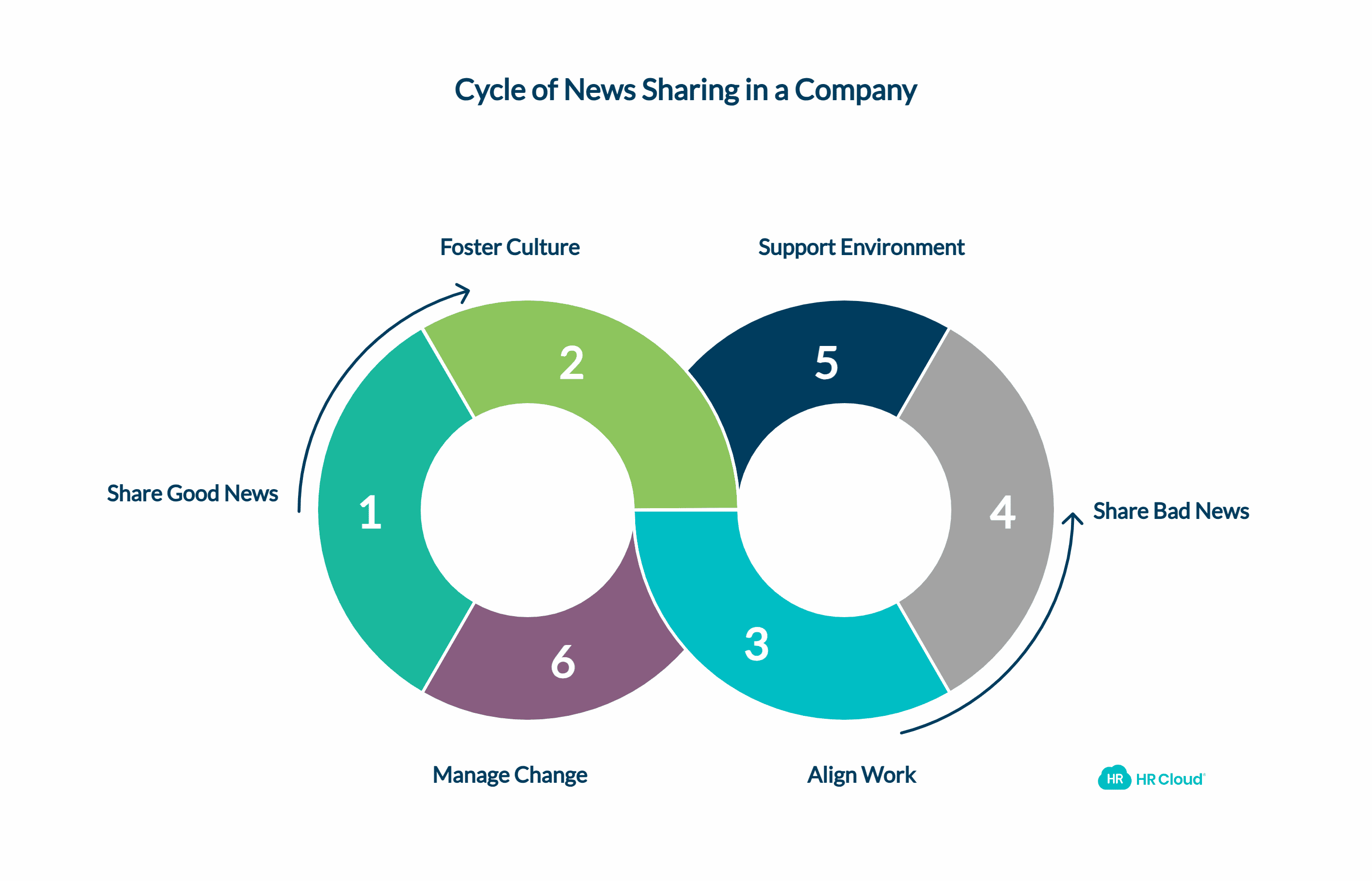
Everyone should be aware of the company's success stories! Whether it is meeting quarterly goals, news recognition, or positive reviews from customers, ensure that all employees can share in the good news. It fosters good company culture and aligns the work with the end result.
At the opposite end of the spectrum, bad news should also be shared. You want the environment to be supportive and trusting, so if there are struggles or other changes, it is better to be transparent. The thought that goes into the message will significantly impact how the information is received. This approach is crucial for effective change management and maintaining open communication channels.
6. Recognize Employees and Teams
In addition to celebrating the wins of the company, highlight the achievements of employees or teams. Give employees the opportunity to congratulate each other for their hard work.
Here are some examples of things to recognize company-wide:
-
A customer service employee that goes above and beyond
-
A team's project completed ahead of schedule
-
Deployment of a new product or service
-
Promotions earned
-
The top-performing sales reps of the month
-
Assistants who are excelling at their work
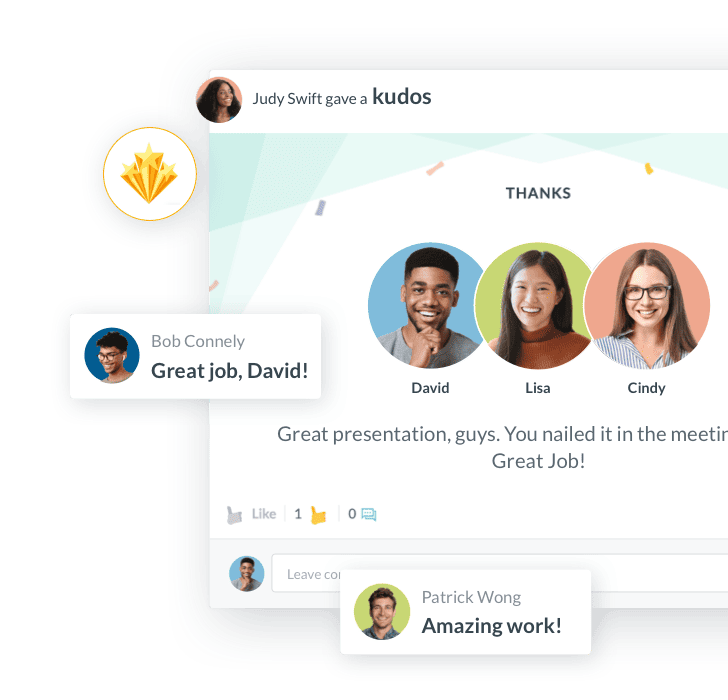
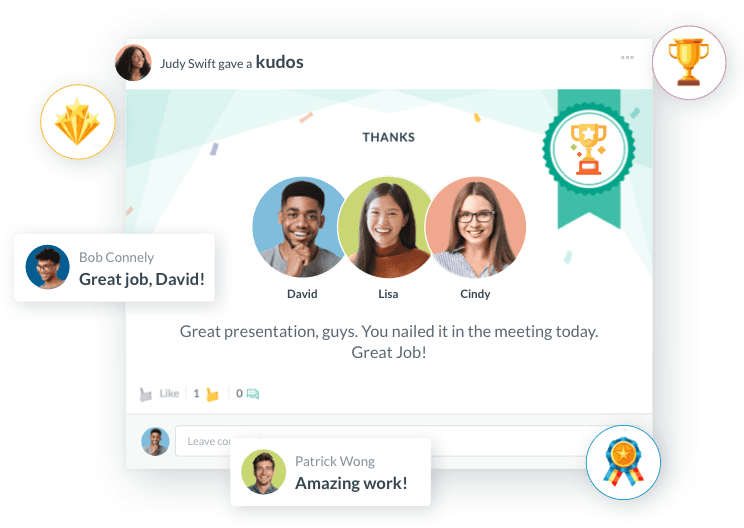
7. Check in on Employees
You may have annual reviews or regular meetings with employees, but how often is the question asked, "How are you doing?"
A one-on-one check-in shows that the thoughts and feelings of the employees matter. It builds trust and allows the employee to share. It also opens the door for a conversation about what is going well or not going well at work.
Conducting a "stay interview" digs into what the employee likes about his/her job or what the employee wishes could change. In some cases, this may reveal a problem that can be addressed before the employee begins looking for other employment. Regular check-ins can significantly improve employee retention and overall employee experience. Consider using employee engagement surveys to gather feedback and measure engagement rates systematically.
8. Centralize Your Internal Documents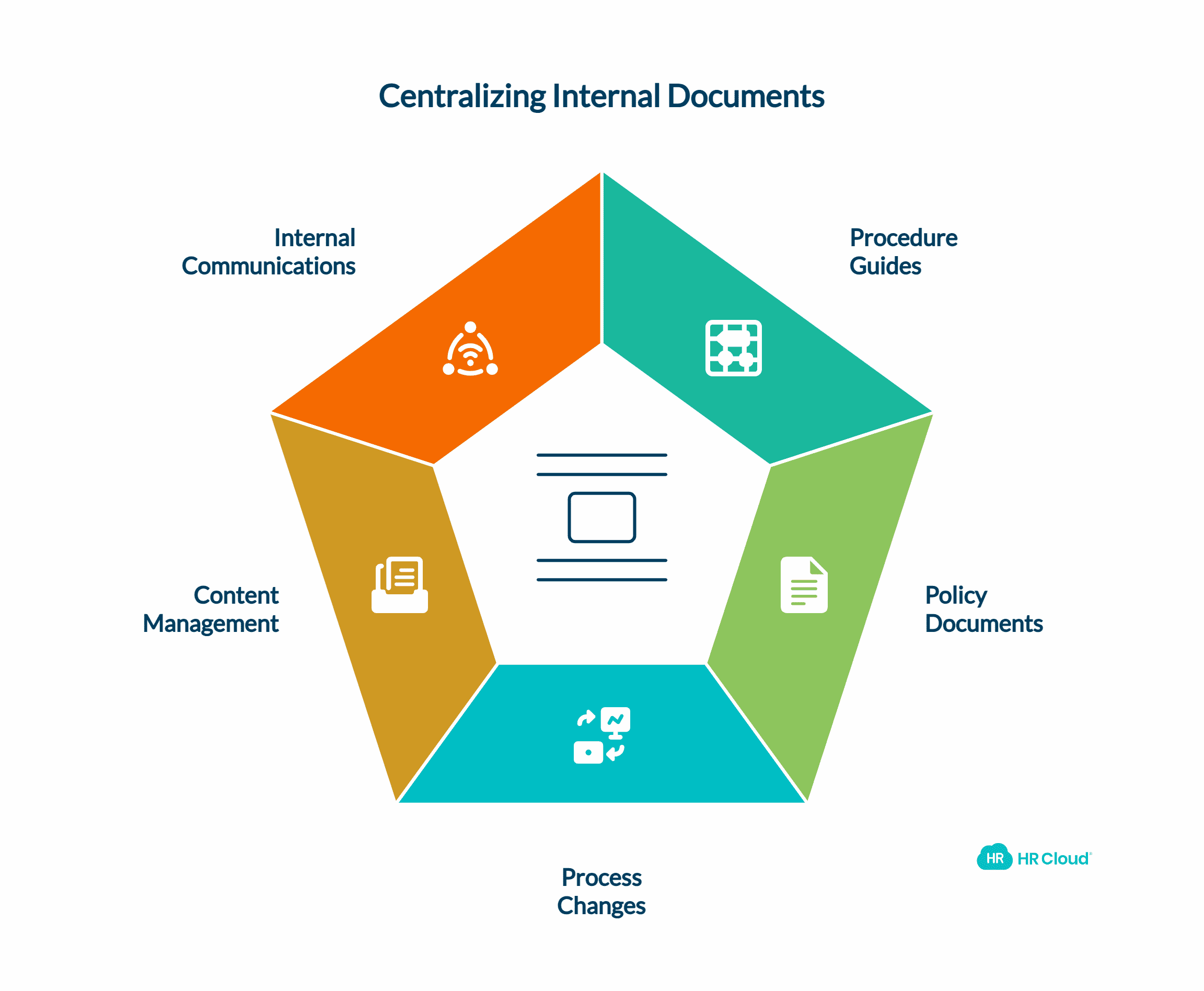
Procedure guides in one directory. Policy documents online. Change in a process outlined via email.
It is common for companies to have documents scattered in many locations. This leads to inconsistency and miscommunication. By centralizing everything, you can have a single "source of truth." Employees will be able to locate what they need more quickly.
A content management solution should manage documents and have flexibility. It should be easily accessible so that your employees can find and get what they need, no matter where they are. An internal communications platform can serve as a central hub for all important documents and information, helping to prevent communication overload.
9. Share Industry News
No company operates in a vacuum. It will help employees to understand the external factors of the business by sharing industry news.
What is the competitor landscape? What are the new trends in the marketplace? From the sales reps to the customer service department, everyone should have a handle on what is driving the company. This type of information sharing contributes to a strong communication culture within the organization and helps bridge the gap between internal and external communications.
10. Use an Intranet for Internal Communication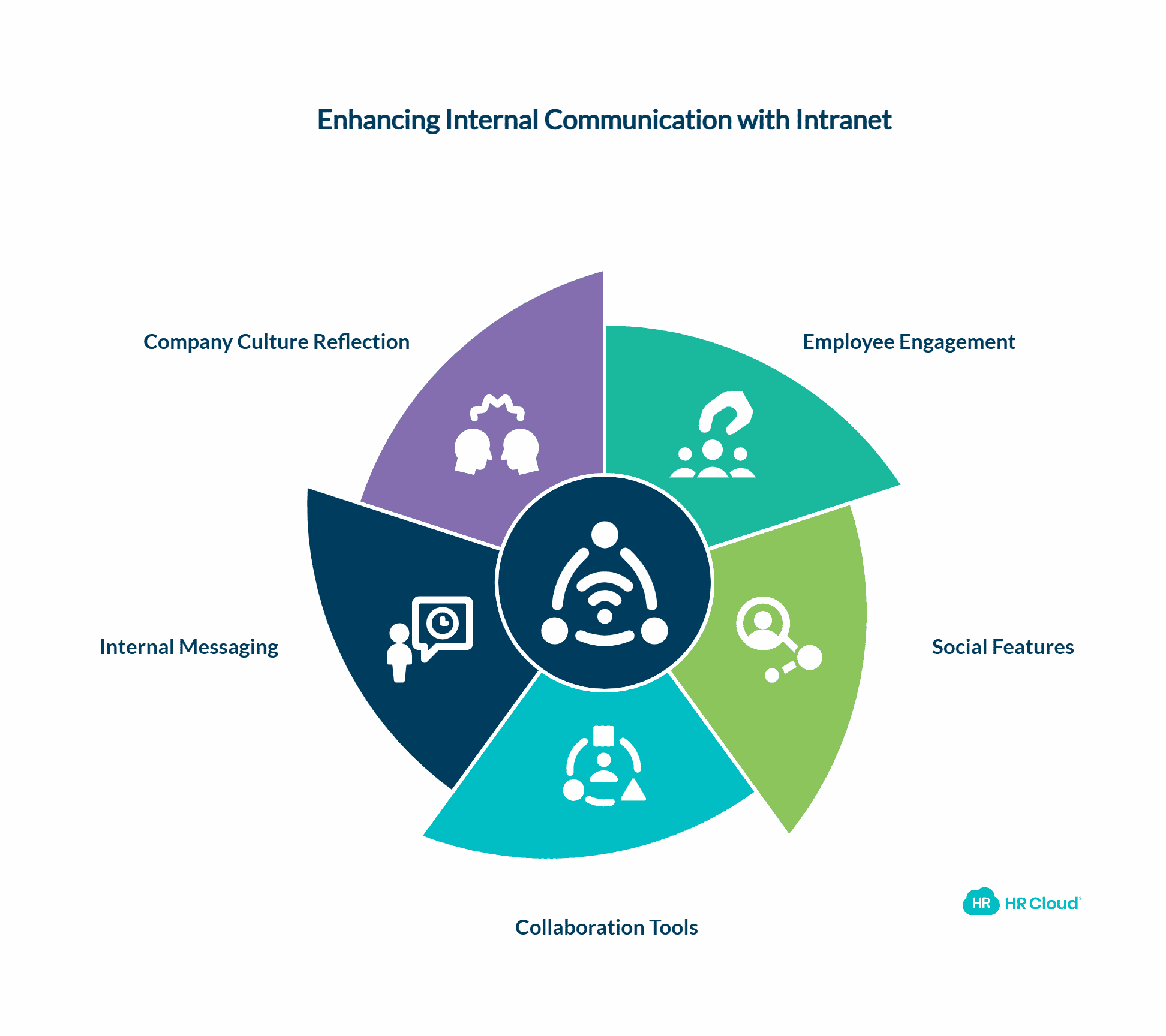
A company-wide intranet can be the driving force behind your internal comms. From driving engagement among employees to social features, it represents the hub for your collaboration.
You want your employees to have the ability to communicate in real-time. It is more than company-wide announcements and occasional updates. Your company's intranet is a reflection of the overall company culture and can serve as a powerful internal communication tool. Utilize collaboration tools and internal messaging features to enhance employee communication and engagement.
Having the Right Tools in Place
Your employees are the driving force of your company. Workplace communication should be easy, straightforward, and useful. Lack of good internal communication can have a negative impact on company results, from mistakes to missed opportunities.
By fostering good internal communication, you can make the company a place where employees are engaged, productive, and satisfied.
But do you have the right internal communication strategies to put internal communications strategies into practice?
Implementing an effective employee communications plan is crucial for building employee engagement and improving overall communication within your organization. Consider using various communication methods such as instant messaging, video communication, and internal newsletters to cater to different preferences and ensure your message reaches everyone. Establish a consistent communication cadence to keep employees informed and engaged.
Workmates by HR Cloud has the solutions to boost employee engagement and enable effective internal communication. With features like an employee directory, targeted messaging, and tools for employee onboarding, it provides a comprehensive internal communications platform. This employee communication app can help streamline your internal comms strategy and improve communication best practices.
Request a demo today to see how it can help improve your internal communications and create a more connected workplace.

Keep Reading
45 Boss Day Messages That Actually Mean Something (2026 Guide)
When is Boss Day 2026? Mark your calendar for October 16, 2026 — the annual opportunity
Birthday Wishes for Coworkers: 50+ Messages That Build Workplace Connection
A coworker's birthday isn't just another calendar date—it's a meaningful opportunity to
Embracing Diversity: Recognizing Different Cultures in the Workplace
Workplaces today reflect the incredible diversity of the world around us. People bring
Like What You Hear?
We'd love to chat with you more about how HR Cloud® can support your business's HR needs. Book Your Free Demo

Build a Culture of Recognition. Boost Engagement. Guaranteed.
Workmates empowers employees to stay informed, connected, and appreciated—whether they’re on the front line, in the office, or remote. Recognition drives 12x higher engagement.Trusted by industry leaders in every sector




Cut Onboarding Costs by 60%.
Take the confusion and follow-ups out of onboarding with automated workflows, digital forms, and structured portals—so new hires ramp faster 3X quicker.Trusted by industry leaders in every sector




